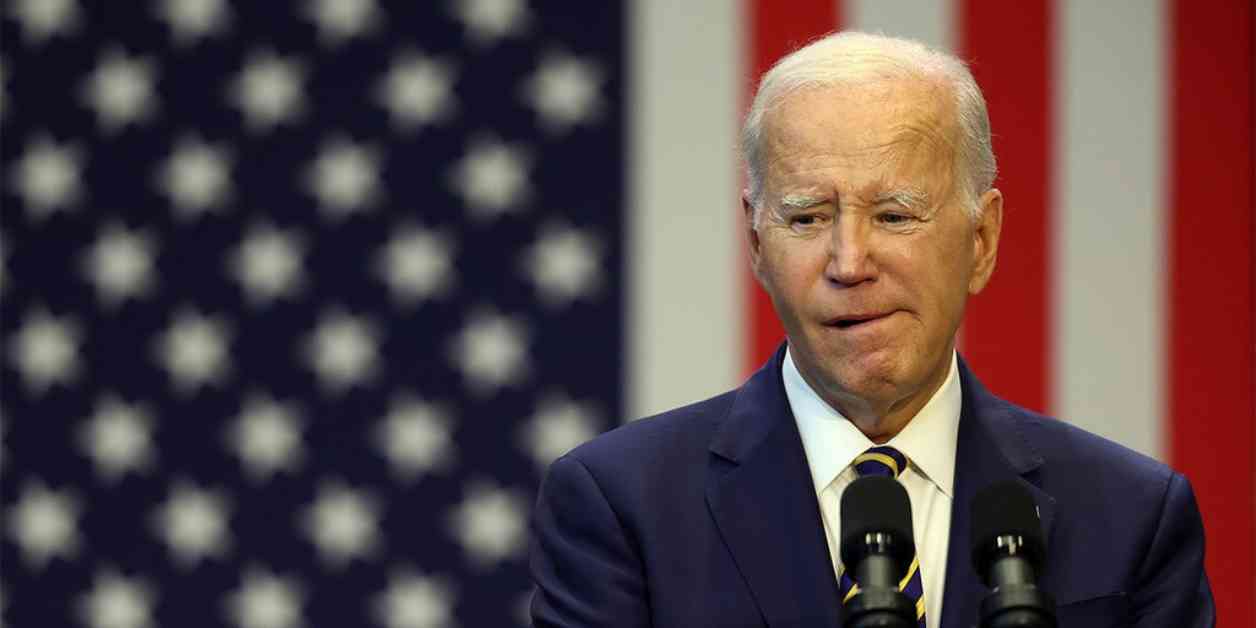The ongoing presidential campaign continues to be filled with trash-talking and negative rhetoric from both sides. Recently, Joe Biden faced criticism for a moment where he appeared to be frozen during a fundraising event. However, footage of the event showed that he was simply taking in the moment and not confused. Former President Obama’s supportive gesture towards Biden was also criticized, despite being genuine.
The Biden team has been quick to deny the authenticity of unflattering videos that circulate online. They have accused these videos of being “deepfake” or “cheapfake,” trying to mislead the public. While some videos may be distorted or manipulated, others capture real moments, such as Biden’s interaction at the G-7 summit.
On the other hand, a new book reveals that former President Trump has memory issues, raising questions about his mental acuity. Despite spending time together, Trump failed to recognize the author during a follow-up meeting, showing signs of forgetfulness. This revelation adds another layer to the ongoing debate about the mental fitness of both candidates.
As the media plays a crucial role in shaping public opinion, it is essential to distinguish between truth and fiction. With the rise of short video clips and images, many voters may not have the time or inclination to delve deeper into the context of these media pieces. This lack of understanding can lead to confusion and a loss of faith in the credibility of the media.
Ultimately, the continuous attacks and misinformation from all sides may cancel each other out, leaving voters uncertain about what to believe. This erosion of trust in media institutions could have far-reaching consequences, further deepening the divide in the country’s political landscape. It is imperative for journalists and news outlets to uphold their responsibility in providing accurate information and promoting transparency to ensure an informed electorate.




